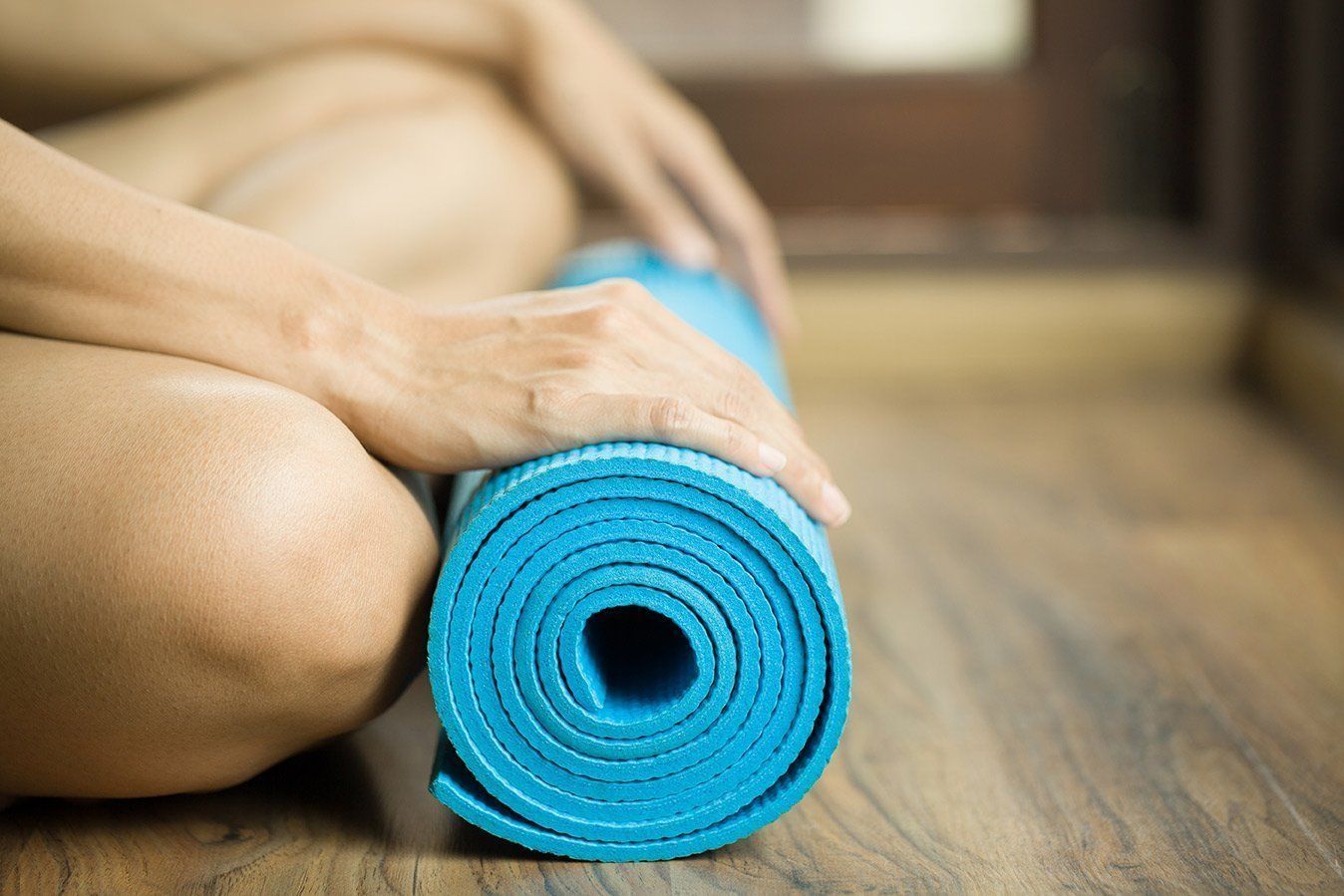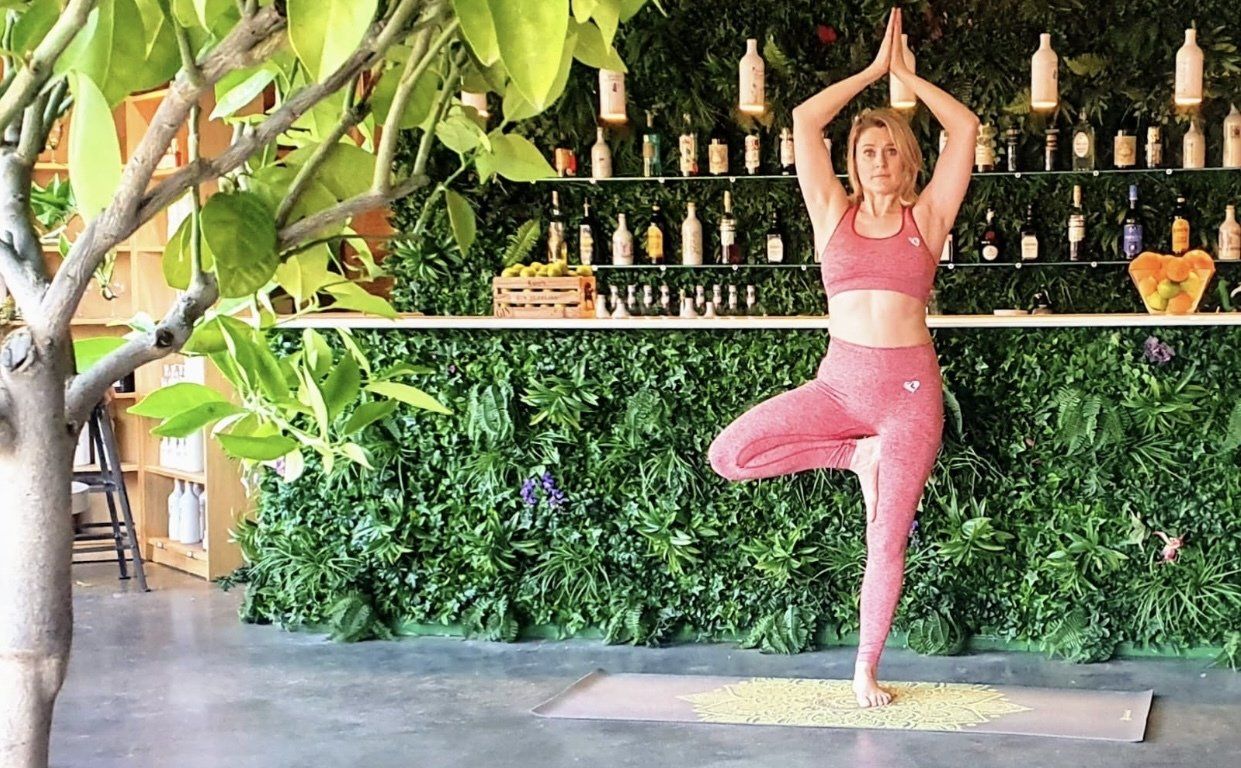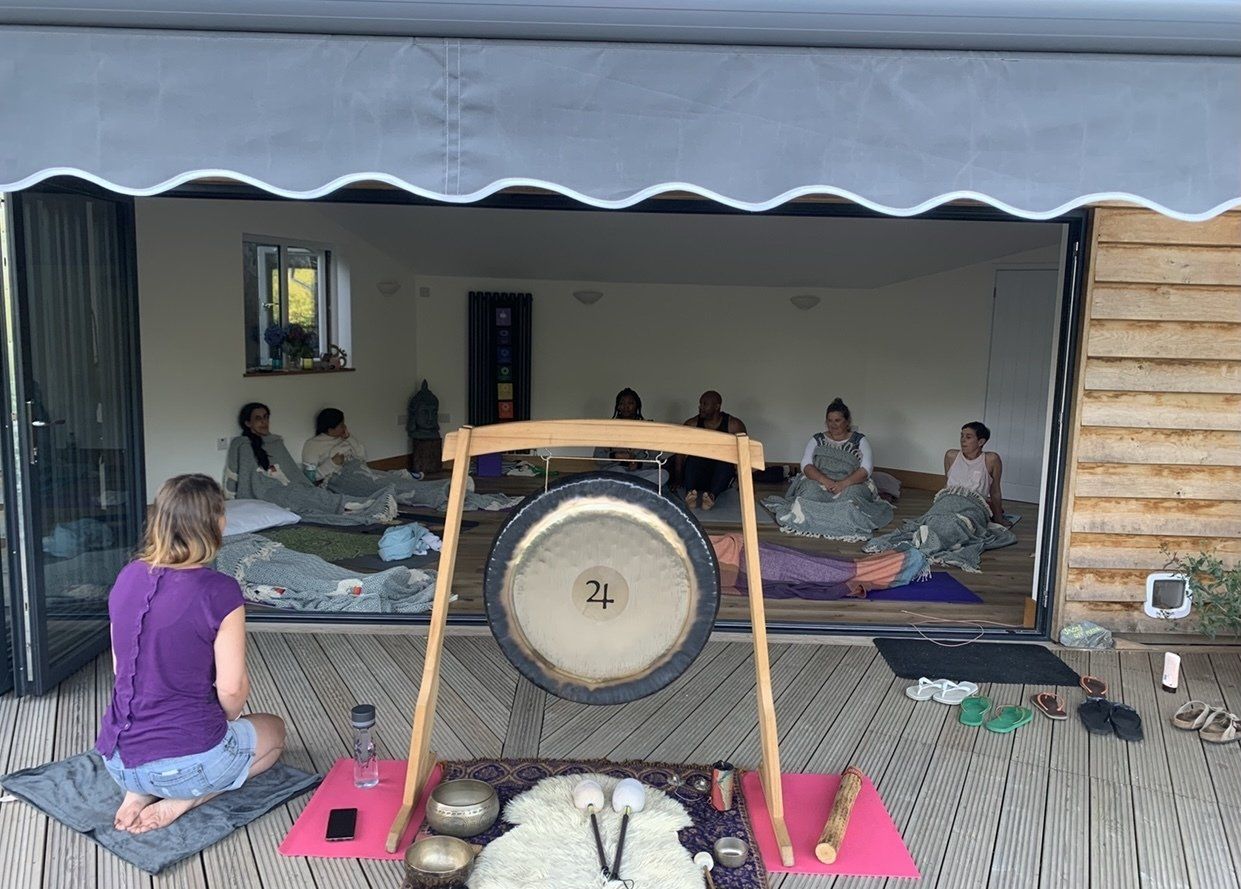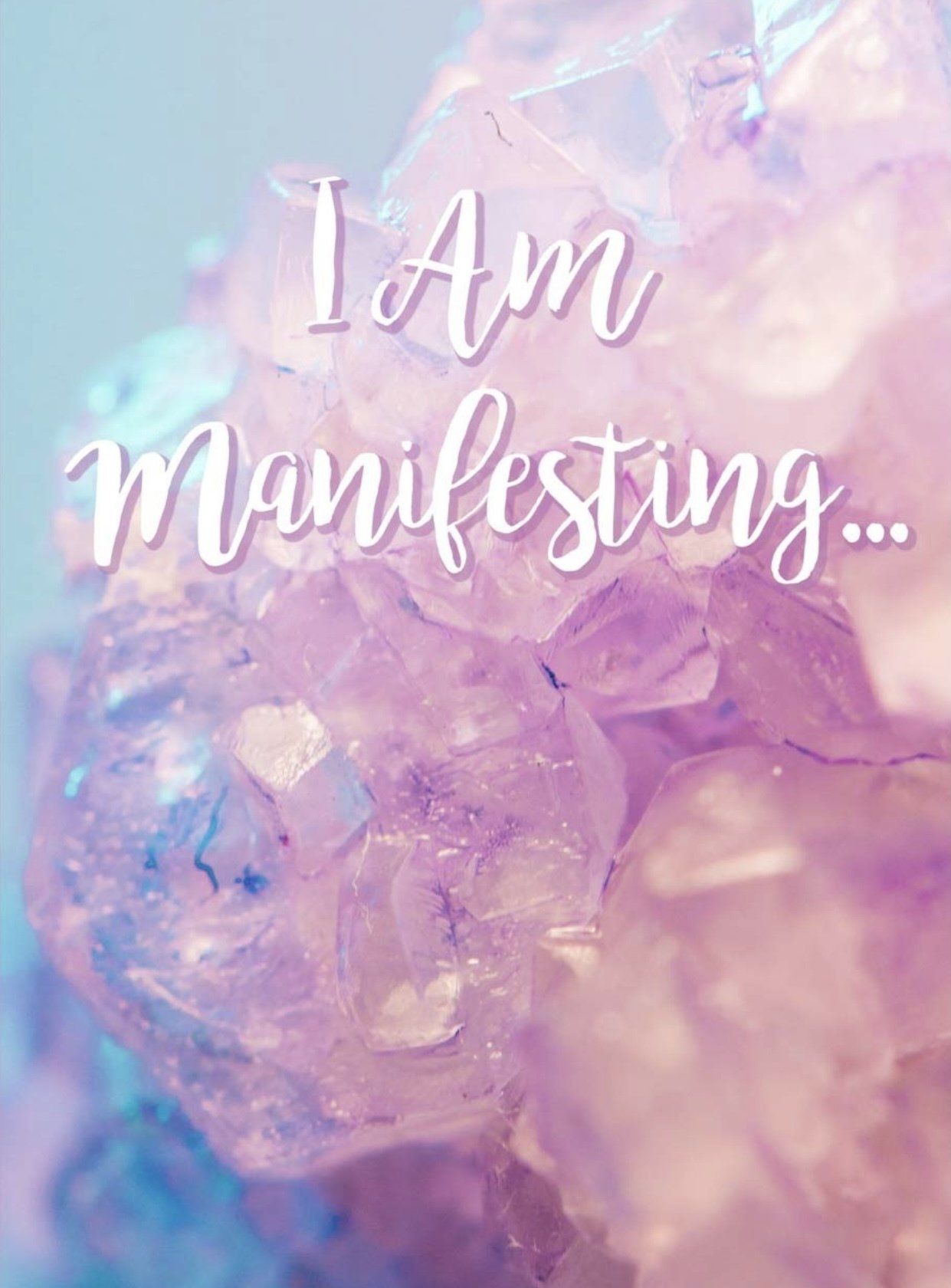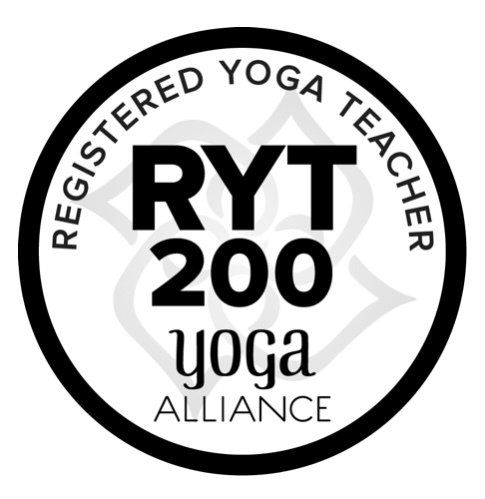the eight-limbed path
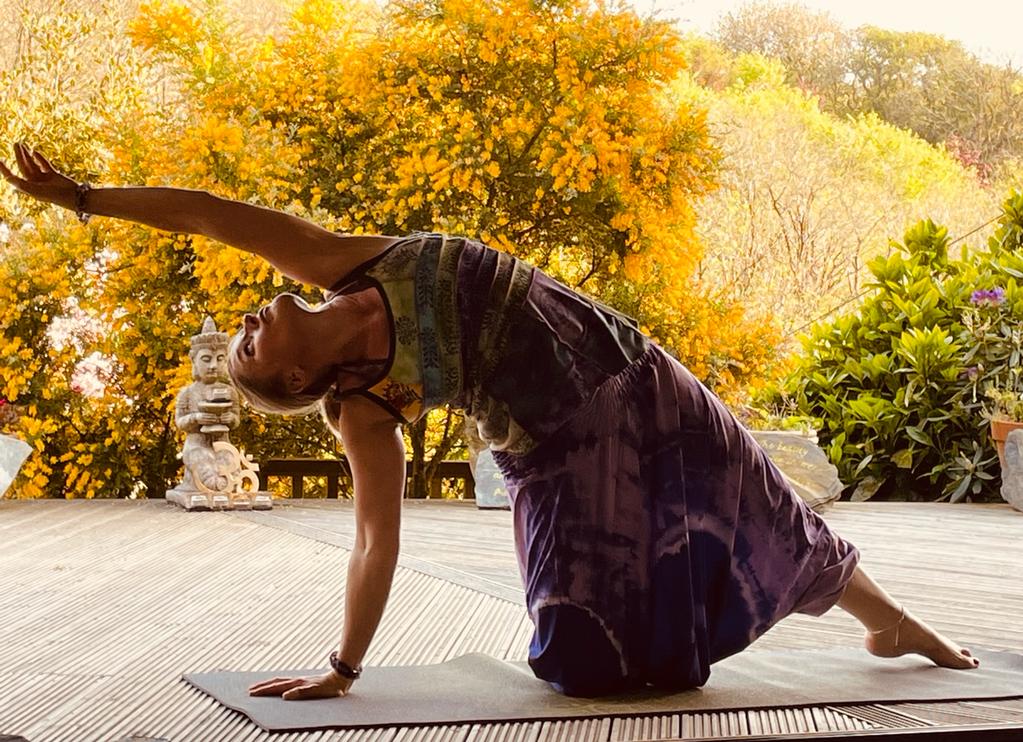
The Eight Limbed Path “You do not need to seek freedom in some distant land, for it exists within your own body, heart, mind, and soul.” - B.K.S. Iyengar and Patanjali says that yoga is a practice of surrendering oneself to a higher power and recognising that the higher power is within and there is no separation between the ego and the Self. To realize this, one must begin to practice. There are many paths to liberation. One path is the eight limbed path of yoga. When the aspirant has decided they are ready to incorporate yoga into their lives wholeheartedly, he or she is ready to dive deep into the involution of the Self. Liberation is not necessarily a destination but more a practice of contentment and non-suffering. As the human condition arises, the aspirant is able to allow the cycle of the gunas to continue without judgment. In this way, the aspirant is in the experience with what is arriving and, eventually, the aspirant is unaffected by any further karma.The eight limbs include: yamas (moral obligations), niyamas (observances), asana (physical practice), pranayama (breathing practice), pratyahara (controlling the senses), dharana (concentration), dhyana (meditation), and samadhi (enlightenment). An aspirant is a person who is devoted to a higher power and is on the path (dharma) towards a higher power. To aspire is a mission and a fundamental current within the individual. Once the aspirant finds the path of yoga they can begin to practice to undo the doing and find wholeness.
YAMAS
The yamas represent our moral obligations, they help us be in society and they include: ahimsa (non-violence), satya (truthfulness), asteya (non-stealing), brahmacharya (moderation), and aparigraha (non-hoarding).
In my opinion, the yamas relate overtly to our societal dharma (how we behave in society) but, on a subtle layer, they can also relate to how we engage with ourselves. Our projected perception on the world around us directly correlates to how we treat ourselves. If we are practicing non-violence in our interactions with community but then coming home and practicing violence towards our bodies and our minds then we are still in the cycle of the gunas. Truthfulness, non-stealing, moderation, and non-hoarding are all the same. If we practice one thing in public but practice something else in relation to ourselves then we are perpetuating the cycle and causing dis-ease. Starting with the yamas is useful because these moral observations are taught from a young age. The human microcosm can directly relate to the comparison between behaviors that they have been practicing in community and how they hold for themselves privately. Once the aspirant is taught to connect with the yamas, then the aspirant can begin to practice these as they work to develop a rich relationship with the Self.
Ahimsa | Non-violence
Ahimsa can be applied to others but also to ourselves. When we teach both a straightforward application along with the abstract application we help our students apply non-violence to all aspects of their experience. Non-violence is the practice of compassion. To teach children to have compassion for themselves and for others is to teach them to go beyond conceptualization. Ultimately, the application of compassion to the parts of us that are hurt or uncertain allows for healing or removal of limiting beliefs.
Satya | Truthfulness
Satya is living authentically in our true nature. To teach truthfulness is more than teaching students to tell the truth. To teach truthfulness is to teach students to be truthful even to themselves. When they can be honest with themselves and direct their behavior towards things that are more aligned with their intentions and values they will be more focused and alert. Teaching students to check in with their energetic bodies will help them to authentically represent themselves at all times.
Asteya | Non-stealing
Asteya is simply not taking anything that is not freely given. This yama is quite difficult to practice even though we might think it is straightforward. Teaching asteya looks like teaching students to check in and make sure that they are meeting their own needs in each energetic body as well as teaching them to tune into their peers and teachers and teaching them to be aware of boundaries and needs. Non-stealing looks like being respectful of other people’s time, giving credit, and honoring other people’s energies.
Brahmacharya | Non-hoarding
Brahmacharya serves the yogi to help break the bonds of attachment to excess. It is, essentially, the practice of moderation. Teaching non-hoarding is simply teaching your students that they have enough. Teaching the art of letting go and being happy with the experience they are having. Sharing, selfless giving, and collaboration are great ways to teach non-hoarding.
Aparigraha | Non-coveting
Aparigraha teaches us that each individual experience is valid and in effort to our own awakening. When we work towards understanding non-coveting, we begin to see our own experience as valid and precious. Teaching students to be grounded and rooted in their experience will help to foster independence and intrinsic motivation.
NIYAMAS
The niyamas are the five observances. These are practices in and of themselves that we aspire to cultivate in our lives. These practices include: saucha (purity), santosha (contentment), tapas (austerity), svadhyaya (self-study), and Isvara Pranidhana (devotion to a higher power). Once the aspirant can actively apply the niyamas to their daily practice, both in their community and with their personal relationship to embodiment, then the aspirant can begin to practice the niyamas as a spiritual practice.
Saucha | Purity of Being
The practice of saucha, or purity, is to embody purity of being. While it is important to keep the physical body clean and pure, this practice really is about applying mindfulness to one’s practice; that is, the practice of observation without judgment. When the aspirant can look at the world without assigning or compartmentalizing an experience based on good/bad, pleasureful/painful, right/wrong then the aspirant can practice purity of being. In this practice one cultivates a connection to Isvara, or Pure Awareness, where it is possible to be outside of the turning of the gunas. In this state of being one finds Turiya, the fourth state of consciousness, where Pure Awareness resides.
Santosha | Contentment
The practice of santosha, or contentment, comes from practicing purity of being. From a place of pure being, one can be truly content without wanting or desiring anything else. Pure Awareness, Isvara, divine light, allows the seer to bask in the fulness of the experience. Contentment comes from a realization of wholeness. To practice contentment, one must practice mindful awareness of the Self, the nature of the Self, and then apply compassionate self forgiveness of judgments made on the Self and others.
Tapas | Austerity
The practice of tapas, or austerity, is the drive to come back to the practice day after day, not just the asana but all of the eight limbs of yoga. If the purpose of the eight limbed path is to develop a relationship with the Self, then the purpose of the practice is to come back from distractions that take us away from the Self and engage in knowing the Self.
Asana provides us with a useful tool to develop mindful awareness where we can observe the movements on the mat without judgment. As a teacher, it is important to help students and practitioners cultivate a relationship with their practice where they do not limit their potential with judgments. For example, if you have a practitioner who is strong in asana, they run the risk of over-inflating their ego unless the teacher teaches discernment and mindful observation. Likewise, if you have a practitioner who is struggling with flexibility or movement, there is a risk they will leave the practice altogether unless the teacher teaches mindful compassion for the way the body moves.
Svadhyaya | Self-study
The practice of svadhyaya, or self-study, is the practice of integrating purity of being, contentment, and austerity into a deep inquiry-based investigation of the Self in relation to the Self. If I am investigating my cognitive relationship with my divinity I must incorporate purity of being where I am present to what arises without judgment into my practice. Then, I must be content with the relationship I have as I am progressing towards a deeper awareness of the Self. From there, my drive to deepen into the practice will support me as I deepen my relationship with the Self which will, ultimately, bring inner peace and tranquility as I move away from the mana, or mind, and move towards the seat of the heart.
Isvara Pranidhana | Devotion to a Higher Power
The practice of Isvara Pranidhana is a devotion to Isvara, or God. Devoting one’s life to God in all aspects of being leads to liberation and unending bliss but it is important to note it is a practice that must be revisited consistently.
ASANA
Asana is the physical practice of yoga which cleanses the body and models meditation when taught properly. To cleanse the body through asana, the aspirant must sequence and practice in a way that is anatomically safe and is not contradictory within the physical body. Asana offers students an opportunity to move in mediation.
The practice of yoga is to incorporate yoga into one’s life and is to transcend individuality and arrive in a state of realized divinity. The intent of asana is to provide the aspirant a safe physical space to explore the physical container. I, personally, instruct students to bring their awareness to the relationship between breath and body, the way inhalations move the body in the pose and the way exhalations can bring them back to the present moment.
Our current yoga culture in the west divorces asana from the other practices of yoga. For an aspirant to have a true practice, they must incorporate all aspects of yoga into their daily practice. There is no destination, no pose to achieve but, rather, qualities of being that transcend the asana practice itself.
Try to practice in the same place every day.- Arrive to your mat clean and ready to practice. The early morning is a wonderful time to practice because it sets the tone for the day. Practice before food, after using the restroom, and with plenty of water available. If you arrive at the mat with any energetic blockages, remove them before practice.
Breathe through the nose, not the mouth, and maintain deep rhythmic breathing of matched inhales and exhales. You may wish to close your eyes during practice to practice pratyahara, withdrawal of senses (advanced).
Internally, cue your muscles to engage during practice and cue your muscles to release in Yin Yoga variations.
Telling the nervous system that you are okay and supported is a valuable tool you can incorporate into your practice.
Make sure that your movements are aligned with your breath. Maintain Savasana pose in complete immobility. Relax the body and mind and allow for divine communication.
You may say internally to yourself, “I am ready to receive” and just allow Pure Awareness to flow. Chances are, you will experience something akin to poetry; pure, compassionate poetry of love and support. This is Pure Awareness and it is the translation of unconditional love.
If there is a tendency to judge or become distracted, simply note the tendency and come back to your practice. Everything will be there when you are finished practicing. Allow yourself to be in your practice when you come to the mat.
PRANAYAMA
The purpose of pranayama is to remove the mental disruptions and create a calm mind for meditation. There are several therapeutic applications for pranayama but, from a purely spiritual standpoint, pranayama is intended to balance the mind and body to prepare for meditation.
There are two types of interactions with the breath. The first is passive observation and the second is active regulation. In passive observation, you bring your awareness to the breath without making any active changes; you watch the breath and just notice the quality and the depth of the breath and how it feels in the body. Over time, the breath involuntarily changes and you may become calmer and find it easier to focus. Active regulation, the practice of pranayama, can produce specific effects in the kosha bodies.
Practicing pranayama means to physically control the breath, to mentally focus on an object (breath is recommended), to pacify the cerebellum with methodical manipulation and, in turn, to yield a calm, clear thought field. In pranayama we are seeking to clear the mental landscape of distractions. It is important to focus your attention on the cycles and to maintain a good posture. When teaching pranayama, determine the posture you want students to take. For many practitioners, a comfortable seat is a great starting point. As you progress through your practice you may desire a more erect, supported seat. Make sure the body can be in the posture for a long period of time. Begin to cue slow breathing in and out
through the mode you’ve chosen (nose or mouth). Complete the practice and observe in silent meditation.
The breathing cycle has four parts: the exhalation (rechaka), the inhalation (puraka), the suspension of breath after the exhalation (bahya kumbhaka), and the retention of breath after the inhalation (antar kumbhaka). Long, smooth, and subtle exhales are the most effective way to soothe the mind, according to Patanjali. According to A. G. Mohan, in his book Yoga Therapy, inhalations should be limited to just as much as necessary where exhalations should be lengthened and the quality of the exhalation should be high (Mohan, 2004).
In pranayama practice, we are concerned with the focus of the mind, the time or duration of the breathing cycle, and the number of cycles. If we add a mantra to the pranayama we are practicing sa-mantraka, or mantra with seed. If we are practicing pranayama without mantra we are practicing a-mantraka, or mantra without seed. We choose the type of pranayama that is going to give us the desired result.
PRATYAHARA
Pratyahara is the fifth limb of the eight limbed path and it is the withdrawal of senses. Pratyahara is the bridge between the external limbs of yoga and the internal experiences of yoga. When a yogi is practicing pratyahara the senses do not reach the receptors and the yogi is focused for Samyama, the combined practice of dharana and dhyana.
Samyama | DHARANA & DHYANA
Patanjali says that the simplest way to reduce distractions is to put our awareness/focus on one particular thing. This often gets translated as fixing our focus on one particular object but this can also be our yoga practice.
As we concentrate (dharana) on our practice or sense of gratitude we can begin to cultivate states of concentration that eventually lead into states of meditation (dhyana). Often,
meditation gets described as a practice but the reality is meditation is a state of being where thoughts come and go without being held or followed. In this way, meditation is non-doing that cannot be practiced.
SAMADHI
Samadhi is the next state of being that precipitates out of meditation and it is, in fact, the state of being where there is conscious, unconscious awareness of connection and union to source where there is a felt sense of connection of being and a divine unity within and without
All Rights Reserved | Collective Vitality

